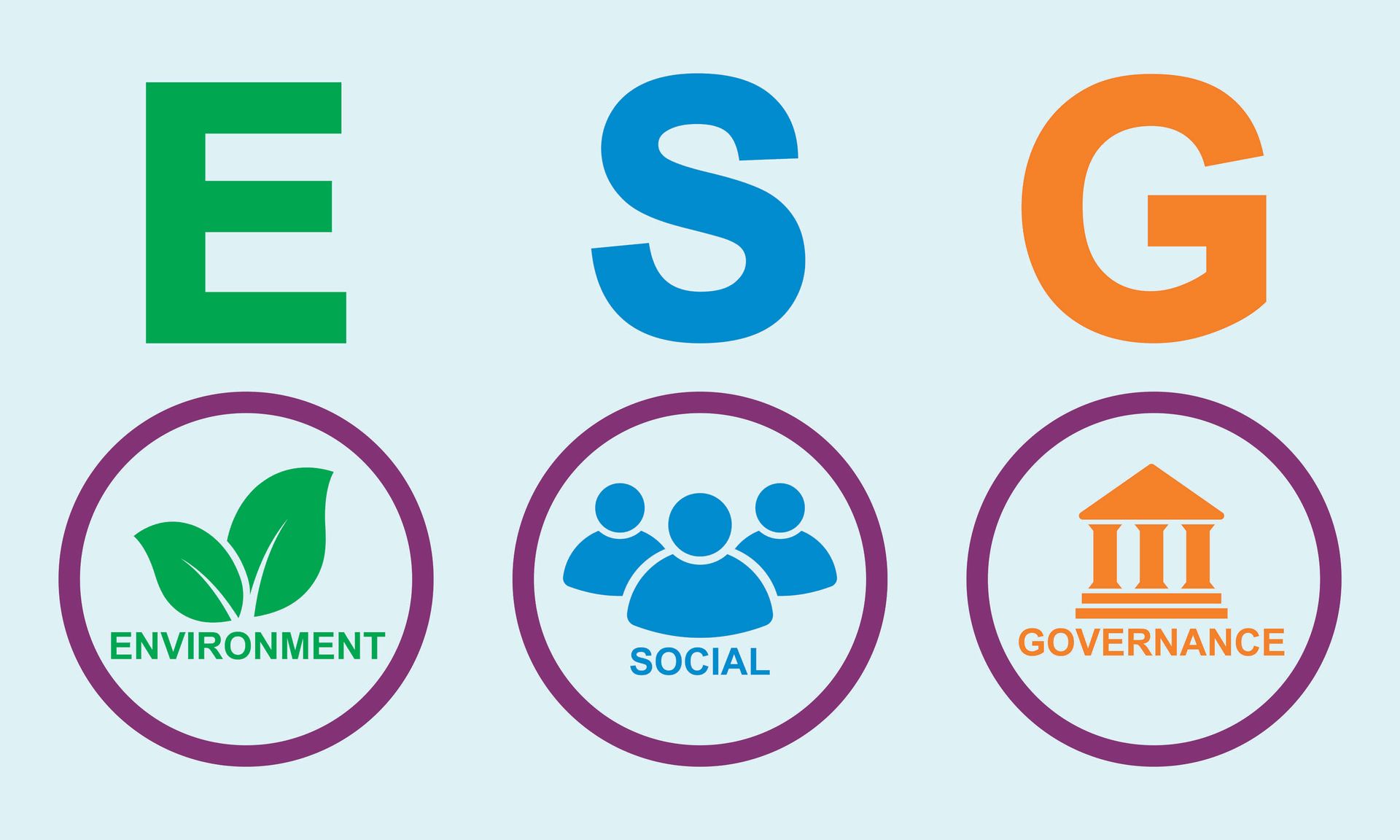Is ESG bad for business?
What is ESG and is it a good thing?

As global awareness of the environmental impact of human activities increases, companies are facing mounting pressure to adopt sustainable practices. One strategy gaining traction is the integration of Environmental, Social, and Corporate Governance (ESG) principles.
But what exactly does this mean, and why does it raise concerns among MEP contractors and building owners?
ESG comprises criteria used by investors and stakeholders to evaluate a company's sustainability performance. These factors encompass energy efficiency, carbon footprint, employee welfare, and community engagement. By leveraging ESG metrics, investors can gauge a company's long-term viability, growth prospects, and societal and environmental contributions.
While ESG appears beneficial, some MEP contractors and building owners worry about its implications for the construction industry. One major issue is the reliance on standardized metrics that may not address the unique challenges faced by construction firms.
For instance, ESG ratings often prioritize factors like carbon emissions and energy conservation over crucial issues like indoor air quality and occupant safety. MEP contractors and commercial building owners need to strike a balance between the imperative of energy efficiency and the need to ensure a healthy and secure indoor environment.
Furthermore, there's apprehension that
ESG metrics might incentivize building owners to prioritize sustainability at the expense of occupant health, safety, and comfort. For instance, if energy-efficient lighting earns a higher ESG rating due to reduced maintenance needs, building owners might neglect essential safety inspections and maintenance, elevating the risk of hazards like electrical fires. Or if energy-efficient materials or systems receive higher ESG ratings for their reduced environmental impact, building owners might reduce intake ventilation or install less effective (but more energy efficient) filtration - compromising indoor air quality as well as the health and well being of their employees and visitors, all in an effort to get a better ESG score.
Additionally, some fear that ESG metrics could unfairly penalize industries with inherently high environmental impacts, such as construction. A construction company's carbon footprint may surpass that of a digital-only firm, but this doesn't diminish its commitment to sustainability or merit less investment.
Despite these concerns, MEP contractors and building owners can mitigate risks associated with ESG metrics by focusing on the cost-effectiveness and project by project return on investment. Emphasizing indoor air quality improvements not only enhances occupant comfort and health but also aligns with ESG objectives. By investing in technologies and practices that promote indoor air quality, such as dynamic filtration, sorbent media, adiabatic steam, and desiccant dehumidification, companies can address both ESG criteria and occupant well-being.
Ready to embark on your building performance optimization journey? Contact Roark Galt today to see how we help organizations evaluate the true cost/ROI of each project against the impacts to occupant health, safety, and comfort!
www.roarkgalt.com




